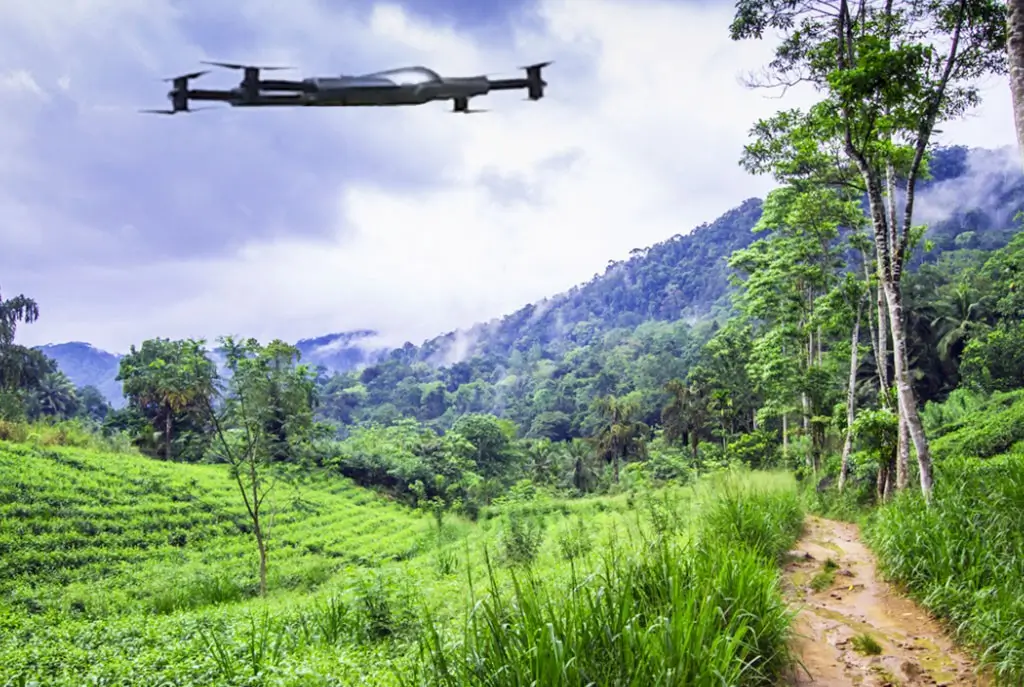Efficient Forest Preservation with Advanced Forest Drones
Reversing Climate Change
Forest ecosystems make up over 30 percent of the world’s biodiversity. However, deforestation continues due to commercial demands and population needs, exacerbated by effects like extreme heat waves and biodiversity loss. Utilizing a forest drone can play a crucial role in addressing these challenges.
Forest service drone sustainability is vital for preserving biodiversity and reducing the effects of climate change in critical areas worldwide. Conservationists must adopt new strategies, such as deploying a forest drone, to improve their efforts and ensure forest sustainability.

What are the Challenges of Forest Restoration?
Forest conservation and preservation involve more than tree planting. They also include nurturing, cultivation, and even the science of groves and bushlands. For forest ecosystems, forest drones are increasingly used to monitor and support these key species effectively.
As a result, protecting forests often comes with various challenges and hazards. In ensuring long-term forest preservation, conservationists usually rely on forest drones to overcome obstacles and enhance their efforts.
Increased Urbanization
Environmental Hazards
Time-Intensive Methods and Processes
How Can a Forest Drone Fight Forest Fires?
Drone application in forestry also spans a wide range of cases, such as:
Wildlife Monitoring
Tree Disease Monitoring and Prevention
Forest Firefighting
ZenaDrone 1000: Forest Monitoring Made Easier
This extends to things like water inspection and pollution assessment via real-time imaging, and it employs multispectral sensors for data gathering. ZenaDrone’s thermal imaging system and GPS trackers help track wildlife movements.
Additionally, ZenaDrone can be used for tree and plant assessment, irrigation, plant hydration, and targeted chemical spraying. It can even help detect illegal loggers and poachers outside of these functions.
Book a Demo
Experience ZenaDrone in action! Fill out the form below and our team will be in touch to set up a demo schedule.
Thank you for your message. It has been sent.





